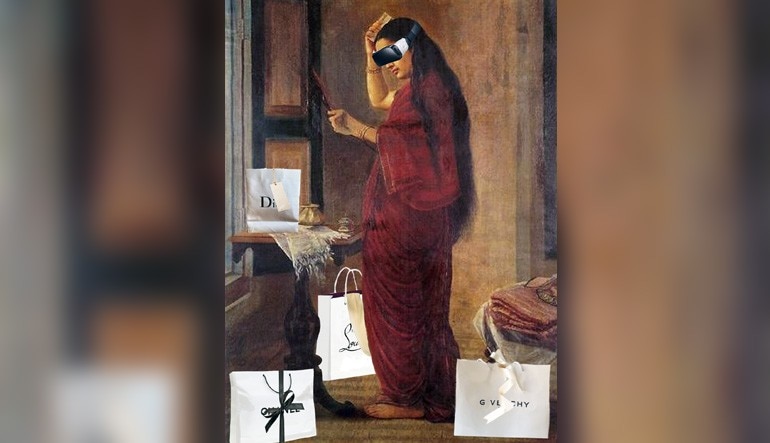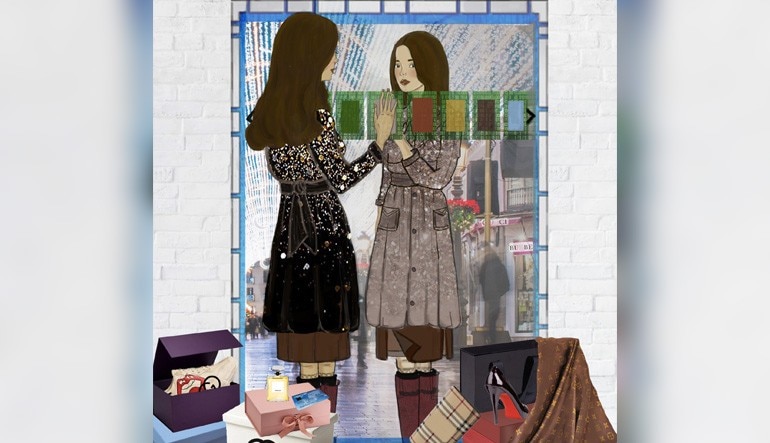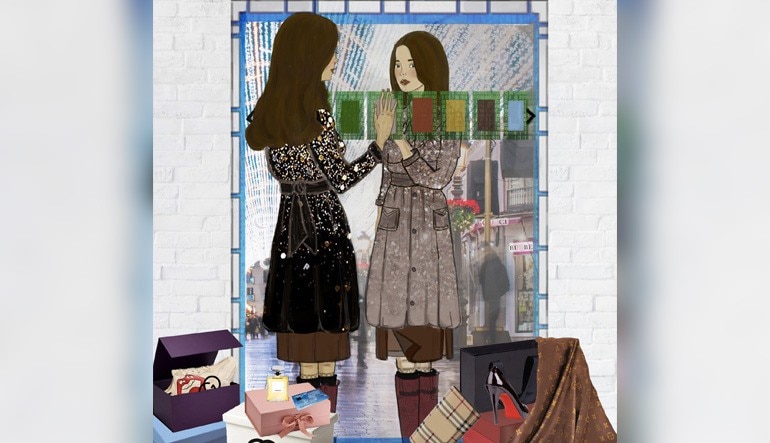It is indeed ironical that despite being at the heart of the luxury industry for 5,000 years, even while France and Italy have successfully developed and marketed luxury brands in the last century, influenced by the subcontinent’s styles and aesthetics, and crafts and skills, the personal luxury goods industry (as it is known abroad) is still in its infancy in India.
No international brands have built any significant presence in the country; their stores almost all managed by local distributors, whereas they are directly controlled by the brands internationally. However, the complexity of India is not the main reason. Essential for luxury brands to scale, the middle class is still narrow, and the ecosystem not professional enough. India is not yet a strategic market but rather “good to have”.
Even homegrown luxury brands have limited scale as they rely highly on “one-time purchases” generated on the occasion of weddings. Also, the number of high spending power tourists visiting India remains low. In addition, experienced management in the definition and the execution of luxury brand strategies, which require an obsession for detail and product quality are too limited.

This said, the personal luxury goods industry in India (fashion, beauty, accessories, jewellery, gourmet food, home improvement) is evolving, capitalising on increasing disposable incomes, with more discerning customers ready to experiment including millennials and generation Z consumers, who will become the growth engine of luxury sales. When it comes to luxury, status is becoming less about “what I have” and more about “who I am”.
As a result, homegrown brands are beginning to explore ways to improve the emotional connection with customers at all touch points. ; in other words, at each opportunity, the customer can be in touch with the brand, including products (clearer differentiated USP, better quality, focussed assortment conveying brand values), traditional and digital marketing and story telling, off-line and online retail customer experience, etc.
With this momentum, new trends fuelled by innovation and technology have been emerging that will become even more visible in 2019. From ‘luxury made to measure’ and ‘luxury-dedicated staff to ‘customisation’, brands are empowering clients to play designers of their fashion, fragrances, skin care, cosmetics, or jewellery. And retailers are offering personal shopping services at the store, or connecting customers to sale assistants via Facetime to finalise their purchase, or offering text messages dedicated platforms to directly order from staff.
Intelligent prediction, also known as predictive personalisation, is making customers feel as if every product or brand experience was tailored just for them. By understanding what drives customers, brands can anticipate a purchase by recommending products reflecting a buyer’s personality while increasing loyalty through tailored experiences. As a result, the same website may be offering different content, and even a different experience, tailored to the visitor’s background, interests, purchase history, etc.
Seeking to emphasise memory creation and value connection with customers are essential. Nowhere better than during the retail journey, whether digital or physical, when the customer is captive, can brands craft unique experiences to engage with the customer. As a result, brands are continuously exploring ways to re-imagine off-line and on-line customer experiences and end-to-end customer journeys. Whether they are fun, intimate, interactive, immersive, etc, they will progressively feel more personal and more natural to customers thanks to the advent of Artificial Intelligence and related innovations. For example, augmented reality technology, such as smart mirrors, is contributing to the creation of fun and experiential retail for customers to naturally interact with luxury products.
Relying on Artificial Intelligence, personal shopping assistants or virtual assistants help customers find what they are looking for by engaging them in simple conversations. As a result, brands are offering, voice commerce, a frictionless customer experience, with purchase completed as a single conversational stream rather than multiple clicks on a web site.
From social media to shopping, brands are now setting up micro retail communities to interact more intimately with groups of customers who co-opt their own friends to shop together and benefit from customized offers.

Sustainable and eco-friendly luxury brands are emerging on the back of evolving customer purchase decisions increasingly influenced by environmental and social impact. As a result, brands relying legitimately on natural materials and crafts, are fast gaining traction.
Thanks to a great historical and spiritual heritage in crafts knowhow relying on a large pool of local traditional expertise, natural resources, and authentic story telling associated with emerging trends fueled by technology and innovation, the Indian personal luxury goods market is poised to grow domestically as well as to penetrate the international scene where consumers are looking for luxury that is bespoke, artisanal, artistic, sustainable, and offering a memorable emotional connection.
(The author is Co-Founder of Brands & Beyond, a fund dedicated to Made-in-India lifestyle brands)

